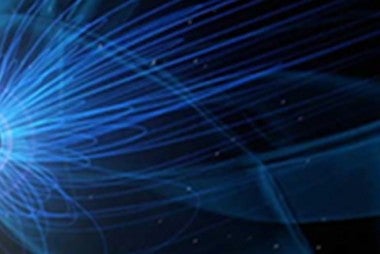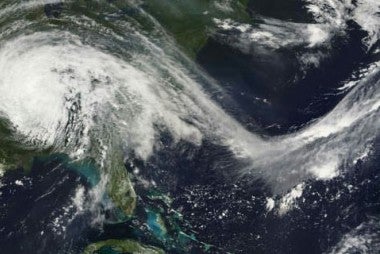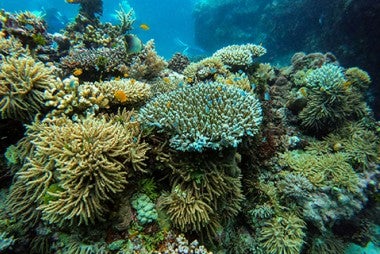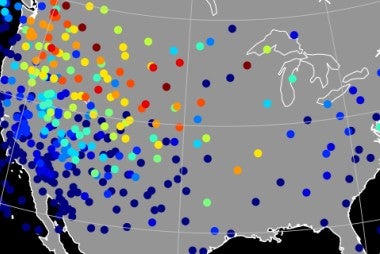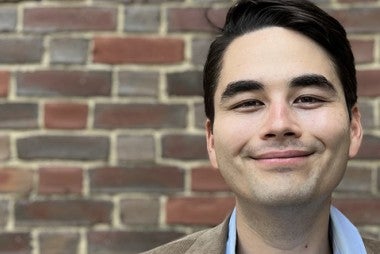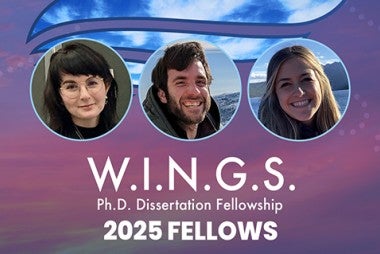Comparative Heliophysics at the Summer School
Dr. Nick Gross working with students on a lab activity.
Since 2007, UCAR | CPAESS has had the pleasure of partnering with NASA on the annual Heliophysics Summer School. This program focuses on the physics of space weather events that start at the Sun and influence atmospheres, ionospheres and magnetospheres throughout the solar system. It is designed for PhD Graduate students, and 1st and 2nd year Postdoctoral Researchers. Historically this school has been quite international and has helped to educate the next generation of heliophysicists.
The overarching goals of the NASA Heliophysics Summer School (HSS) are to deepen the students’ understanding of how Sun-Earth processes are connected; learn from accomplished faculty; meet other early-career scientists from all over the globe; explore professional development opportunities; and leave with the resources you need to broaden the scope and impact of your research. This summer school is responsible for created an entire set of heliophysics textbooks and numerous educational resources can be found on our website and YouTube channel.
This year it was held from August 14-22, 2024 at Center Green on UCAR’s campus in Boulder, Colorado. The theme was Comparative Heliophysics which enabled students to explore how similar concepts and principles of heliophysics apply under different conditions. Focusing on universal processes in heliophysics such as dynamos, plasma flows, magnetic reconnection, and particle acceleration. Examples of these processes in action will include the dynamics and evolution of the Sun and other stars, solar and stellar atmospheres and winds, and planetary magnetospheres and ionospheres. The implications for planetary atmospheres and climate, planetary evolution, and exoplanetary habitability will be considered.
From left to right: NASA Heliophysics School dean Marco Velli, NASA Senior Advisor Lika Guhathakurta, and HSS dean Farzaad Kamalavadi.
The school deans were Marco Velli, NASA Jet Propulsion Laboratory and California Institute of Technology and Farzaad Kamalavadi, University of Illinois, Urbana-Champaign. The school was led by Nicholas Gross of Boston University and of course the NASA Heliophysics Summer School founder, Lika Guhathakurta, Senior Advisor at NASA Heliophysics. A wide range of expert speakers were lined up to present to the students as well as numerous lab exercises, a tour of NCAR High Altitude Observatory (HAO), and the week was completed with capstone presentations from students.
The school took place over 9 days, and included a wide variety of talks with subthemes covering plasma, processes, dynamos, the magshere, and planets. Activities on turbulence, the magnetosphere, magnetic instability, planetary habitability, and the ionosphere were executed. Lectures including: The Physics of Heliophysics from Tom Bogdan, UCAR; Magneto-Ionosphere System, Lauren Blum, CU Boulder LASP; Neutral Fluis and Plasmas, Marco Velli, NASA JPL & Cal Tech; MHD, Raluca Ilie, University of Illinois; Stellar Winds and Astrospheres, Marco Velli; Particle Orbits, Transport, and Heating and Acceleration Energetic Particles, Bob Ergun, CU Boulder LASP; Turbulence, Anna Tenerani, University of Texas, Austin; Turbulence Activity, Nikos Sioulas, UCLA; Magnetic Structures, and Magnetic Instability/Activity, Ben Lynch, UC Berkeley; Stellar Dynamos, and Planetary Dynamos, Matthias Rempel, NCAR’s HAO; Planetary Habitability II, and Comparative Planetary Environments, and Planetary Habitability, CU Boulder LASP; Intro to Magnetosphere, Fran Bagenal, CU Boulder LASP; Long term variability of the Ionosphere, and Structure of the Ionosphere from Robert Marshall of CU Boulder; and a Status Update from NASA HQ on Heliophysics Big Year & Science from Applied AI, Madhulika Guhathakurta, NASA.
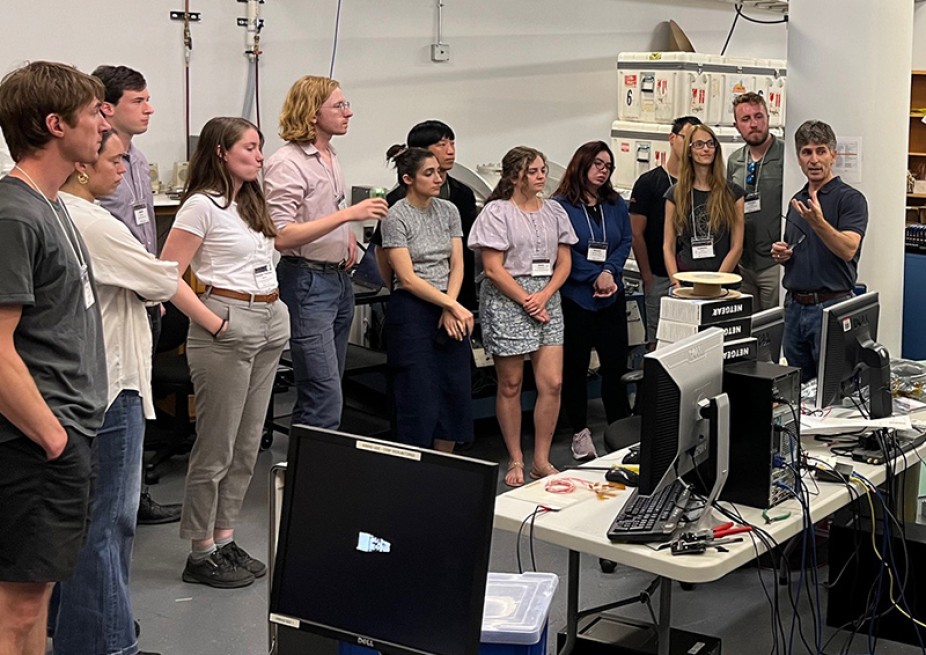
NASA Heliophysics Summer School students on a tour of NCAR's High Altitude Laboratory.
On Wednesday, UCAR president Tony Busalacchi graciously stopped by to say hello to students and the deans on this summer school’s continued success after 17 year history of this important and highly selective program. There was a poster session on Wednesday evening, the students had time to hike and enjoy Boulder on Sunday, and an evening dinner was held at the Mesa Lab.
It was a wonderful opportunity for students in the fields under the umbrella of heliophysics to meet each other and cooperatively pursue and grow this science across the globe. Due to this community building many students participate in our related heliophysics programs such as the NASA Eddy Symposium and the NASA Jack Eddy Postdoctoral Fellowship. We are so proud to play our part in growing this wonderful community. Check back for the application announcement for next year's NASA Heliophysics Summer School.
The 2024 Heliophysics Summer School students with educational and support staff at the Mesa Lab in Boulder, Colorado.

